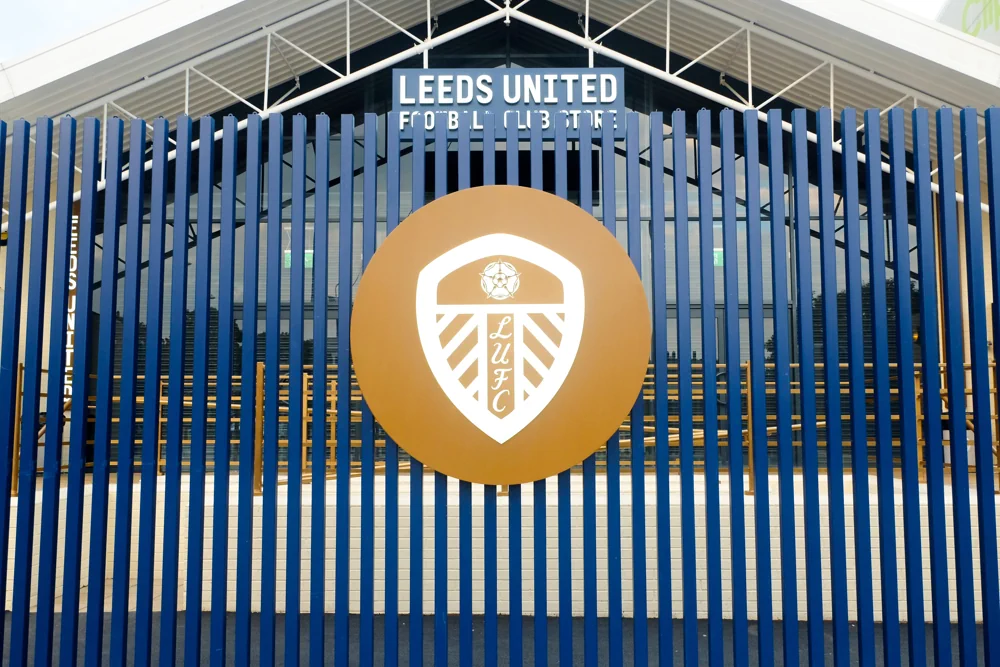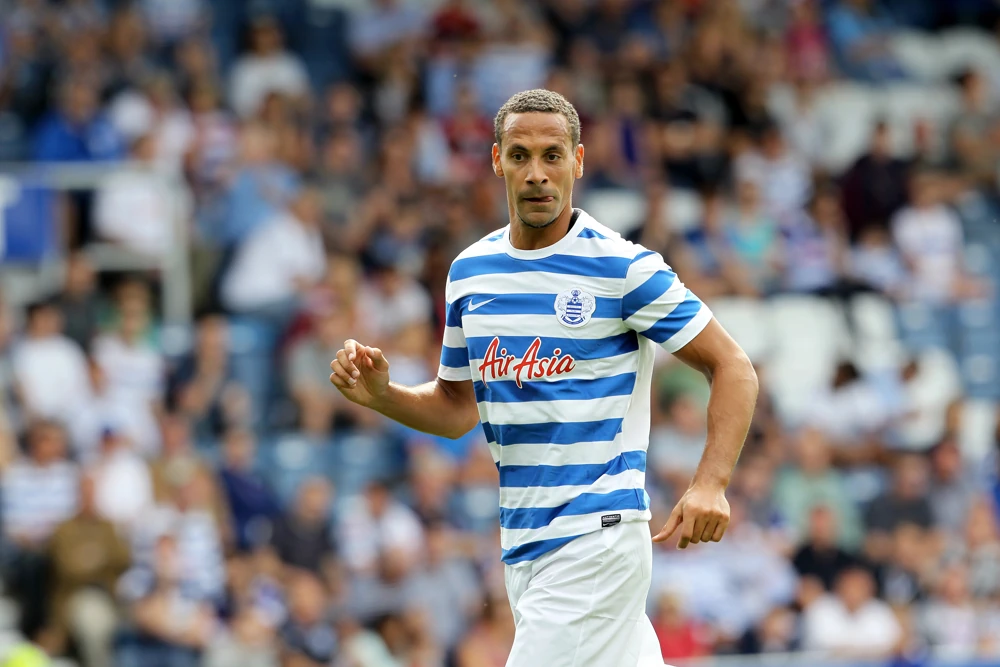Whatever happened to the players of that Leeds United 2001 side?
Today, Leeds United is a team that has alternated between the EFL Championship and the Premier League, seeking to stabilize itself once again in the top tier of English football. Interestingly, that's more or less the summary of the club's history on a smaller scale, as The Whites have won every major title in England but have also had several spells in the second and even third tier. Leeds have had periods of strong performances in Europe, notably winning the Inter-Cities Fairs Cup twice and reaching the final of both the European Cup and the European Cup Winners' Cup in the 1970s.
Nigel Martyn
The goalkeeper Nigel Martyn began his career in football at the amateur level, alternating between a job in a factory, but gradually rose through the ranks until reaching the First Division (predecessor to Premier League), first with Crystal Palace and then, in 1996, with Leeds. He remained at the club until 2003, starting in almost every match. He also earned 23 caps for England. After retiring from professional football at Everton, he briefly served as goalkeeping coach at Bradford City, but later retired from the world of football.Paul Robinson
Robinson joined Leeds United's academy in 1996, just as Martyn was signing for the first team. He made his professional debut for the club in 1998 and remained there until 2004, mostly appearing as a substitute, although he did manage to become a starter in his final two seasons with The Whites, where he made his debut for The Three Lions. He then enjoyed a successful Premier League career with Tottenham and Blackburn Rovers, as well as becoming England's first-choice goalkeeper between 2005 and 2007, making 41 appearances for his national team. He retired at Burnley.Ian Harte
The Irishman Ian Harte is also a product of Leeds' academy and was with the first team until 2004, spending nine seasons there, establishing himself as a starting eleven and one of the best left-backs in Europe at the beginning of the millennium. His ability to score goals with long-range shots and free kicks made him internationally known. After leaving Leeds, he had an uneven and somewhat faltering career, partly due to injuries, with spells at Levante in Spain, Sunderland, Carlisle United, and Reading, among others. After retiring, he dedicated himself to being a football agent.Jonathan Woodgate
Another player who came through the academy and established himself as one of Europe's most promising center backs at the beginning of the 2000s was Jonathan Woodgate. In 2003, he moved to Newcastle due to Leeds' financial difficulties, and a year later signed for Real Madrid. He didn't do well in Spain and returned to England to play for Middlesbrough, a club he loves. He later played for Tottenham Hotspur and Stoke City, but eventually retired at Boro. He has dedicated himself to coaching, working for Bournemouth and Middlesbrough, where he is currently the first team coach.
Rio Ferdinand here in Queens Park Rangers
Rio Ferdinand
In 2000 Rio Ferdinand signed for Leeds from West Ham for around 22 million euros, making him the most expensive defender in history at the time, a record he would break himself just a couple of years later when he moved to Manchester United. With the Red Devils, he established himself as one of the best center-backs in the world and won 14 major titles, including the UEFA Champions League. He retired at Queens Park Rangers, where he played little, and began a varied career that has included the music, film, TV, and social media industries.Olivier Dacourt
The Frenchman Olivier Dacourt arrived at Leeds in 2000 from Lens in his native country, and while with The Whites, he began receiving call-ups for the French national team, with whom he won two Confederations Cups. In 2003, he moved to Italy to play first for Roma and then for Inter, winning the Serie A twice with the Milan club. After brief spells with Fulham and Belgium Standard Liège, he retired.Lee Bowyer
Lee Bowyer arrived from Charlton in 1996 and had a distinguished six-and-a-half-season career at Leeds. In 2003, he briefly played for West Ham and then moved as a free agent to Newcastle, where he spent three years and was the protagonist of one of the most incredible scenes in Premier League history when he clashed with teammate Kieron Dyer. West Ham, Birmingham City, and Ipswich would be his next destinations before retiring. He has also worked as a manager, having held spells with Charlton, Birmingham City, and the Montserrat national team.Harry Kewell
The Australian Harry Kewell arrived at Leeds' academy at the age of 15, where he made his professional debut at 17 in 1996, eventually becoming the team's star player. In 2003, the club put him up for sale due to financial difficulties, and he ended up signing for Liverpool, rejecting offers from Manchester United, Arsenal, and Barcelona, as he had been a Reds fan since childhood. He was part of the 2005 UEFA Champions League winning team, which won after the amazing comeback in the second half against AC Milan in Istanbul. After five years with Liverpool, he played for Galatasaray, Melbourne Victory, and Al-Gharafa, before retiring in his home country, with Melbourne Heart. He has also worked as a manager, doing so in England and Japan.Mark Viduka
In 2000 another Australian player, Mark Viduka, signed for Leeds after successful spells in Australia, Croatia, and Scotland, from where he joined The Whites. He established himself as a technical striker with a strong goal-scoring ability. In 2004, he signed for Middlesbrough, where he continued to perform well, before closing out his career with Newcastle United. He is the Australian player with the most UEFA Champions League goals.Alan Smith
Another player who emerged from Leeds' prolific academy is Alan Smith, and he spent six seasons in the first team, where he played as a striker or right winger. In 2004, he signed for Manchester United, where Sir Alex Ferguson converted him into a midfielder, a position he would play in for the rest of his career. His move to the Red Devils (for whom he said he would never play when he was younger) was to prevent Leeds from going into administration. Three years later, he continued his career with Newcastle, MK Dons, and Nottingham County, where he would become a player-coach. He earned 19 caps for England during his professional career.
©
Robbie Keane during his years in LA Galaxy
